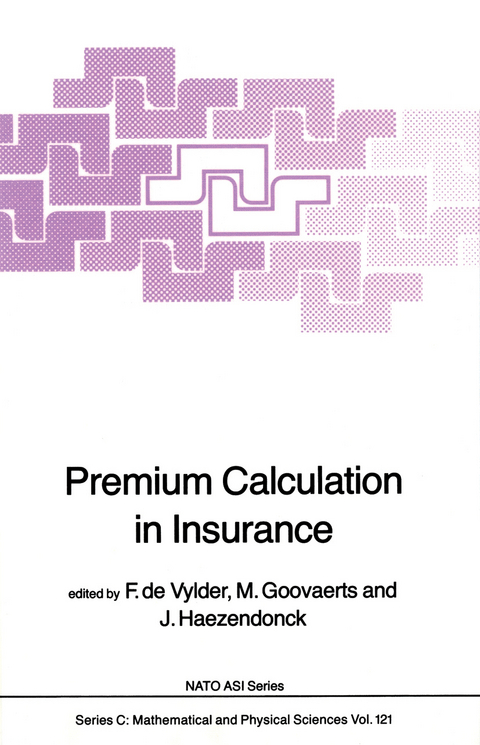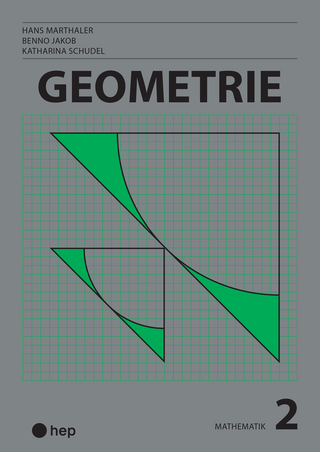
Premium Calculation in Insurance
Springer (Verlag)
978-94-009-6356-6 (ISBN)
I am pleased to participate in this Summer School and look forward to sharing some ideas with you over the next few days. At the outset I would like to describe the approach I will take in 1 presenting the material. I aim to present the material in a non rigorous way and hopefully in an intuitive manner. At the same time I will draw attention to some of the major technical problems. It is pitched at someone who is unfamiliar with the area. The results presented here are unfamiliar to actuaries and insurance mathematicians although they are well known in some other fields. During the next few minutes I will make some preliminary comments. The purpose of these comments is to place the lectures in perspective and motivate the upcoming material. After this I will outline briefly the topics to be covered during the rest of this lecture and in the lectures that will follow. One of the central themes of these lectures is RISK-SHARING. Risk-sharing is a common response to uncertainty. Such uncertainty can arise from natural phenomena or social causes. One particular form of risk-sharing is the insurance mechanism. I will be dealing with models which have a natural application in the insurance area but they have been applied in other areas as well. In fact some of the paradigms to be discussed have the capacity to provide a unified treatment of problems in diverse fields.
Opening session.- Invited address.- Invited lecture: Some major issues in economics and insurance developments.- Main lectures.- Risk convolution calculations.- Risk sharing, incentives and moral hazard.- State-dependent utility, the demand for insurance and the value of safety.- Separation of risk parameters.- Weighted Markov processes with an application to risk theory.- Practical models in credibility theory, including parameter estimation.- Rate making and the society’s sense of fairness.- The ímpact of reinsurance on the insurer’s risk.- Chains of reinsurance.- Net stop-loss ordering and related ordering.- Limit theorems for risk processes.- Semi-Markov models in economics and insurance.- Loss distributions: estimation, large sample theory, and applications.- Rating of non proportional reinsurance treaties based on ordered claims.- Resistant line fitting in actuarial science.- Quantitative models of pension costs.- Credibility: estimation of structural parameters.- Short communications.- Population and social security projections for Bangladesh.- Stability of premium principles under maximum entropy perturbations.- Practical rating of variable accident excess-loss premiums.- Motor premium rating.- The mean square error of a randomly discounted sequence of uncertain payments.- Operational time: a short and simple existence proof.- Simulation in actuarial work. Some computational problems.- Bayesian sequential analysis of multivariate point processes.- The actuary in practice.- The influence of reinsurance limits on infinite time ruin probabilities.- Some Berry-Esseen theorems for risk processes.- Some notes on the methods of calculation of life assurance premiums in the United Kingdom.- A stochastic model for investment variables in the United Kingdom.-Inflationary effects on pension plans: wage and benefit patterns.
| Reihe/Serie | NATO Science Series C ; 121 |
|---|---|
| Zusatzinfo | XII, 564 p. |
| Verlagsort | Dordrecht |
| Sprache | englisch |
| Maße | 155 x 235 mm |
| Themenwelt | Mathematik / Informatik ► Mathematik ► Geometrie / Topologie |
| ISBN-10 | 94-009-6356-4 / 9400963564 |
| ISBN-13 | 978-94-009-6356-6 / 9789400963566 |
| Zustand | Neuware |
| Haben Sie eine Frage zum Produkt? |
aus dem Bereich


